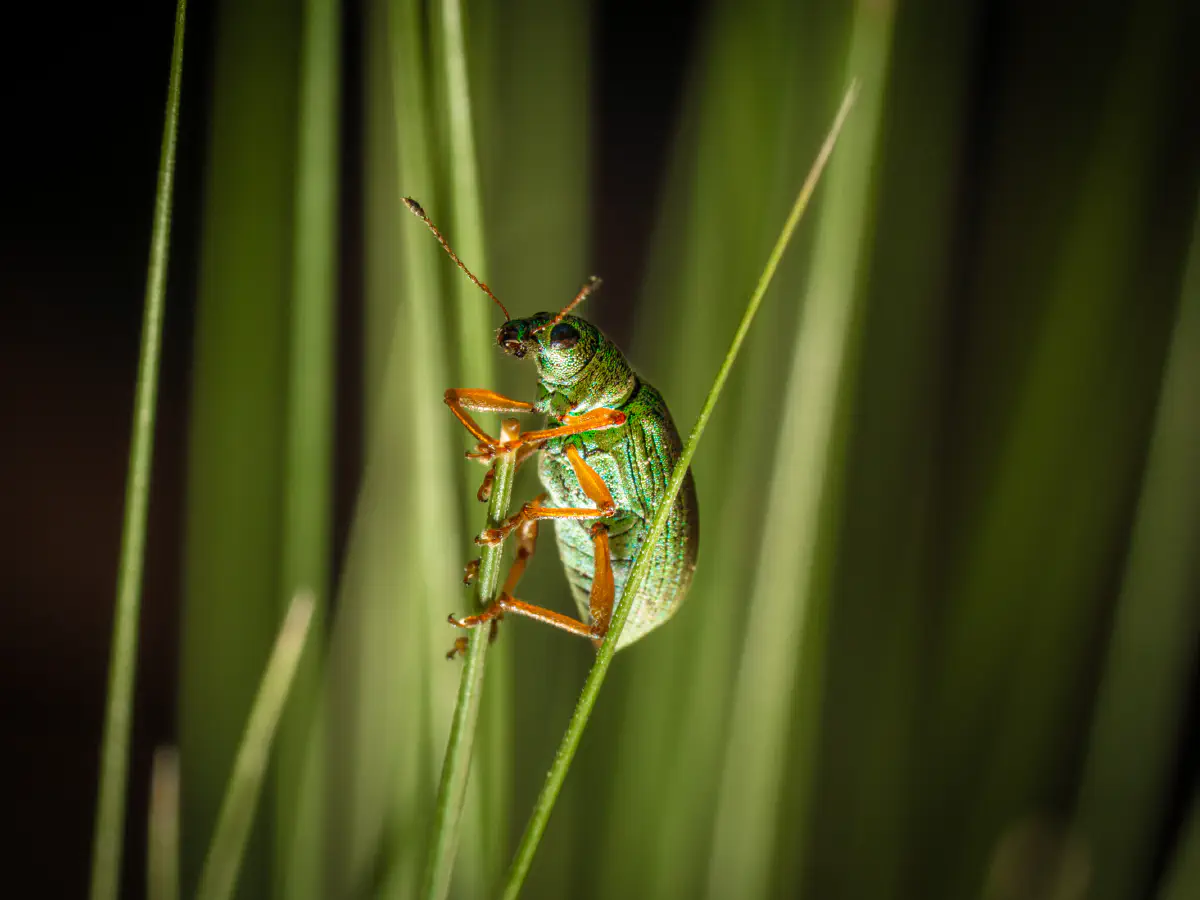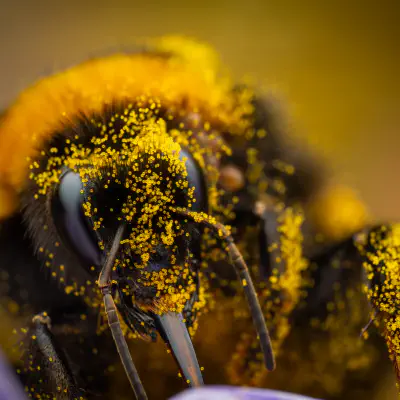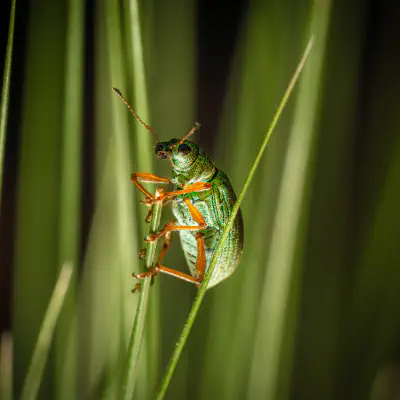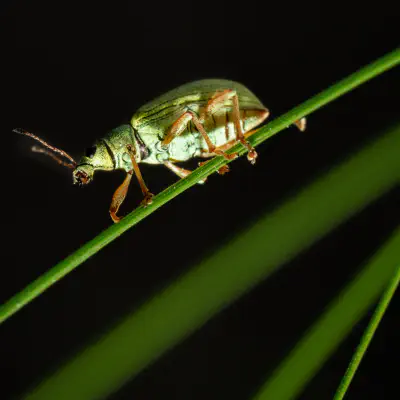Adults can mostly be encountered from April through August. These beetles lay their eggs in the bark or leaves of the host-plants. The soil-inhabiting larvae grow up to 7 millimetres (0.28 in) long feeding on juicy plant roots. In Autumn their development is complete. They overwinter and pupate in Spring.
The adults are eaters of young leaves and open blossoms of a wide variety of woodland trees and shrubs (Corylus avellana, Quercus species, etc.), but also
fruit trees (apple, pear, cherry, etc.) They are considered a pest of fruit trees, causing extensive damages to their buds, blossoms and shoots.









